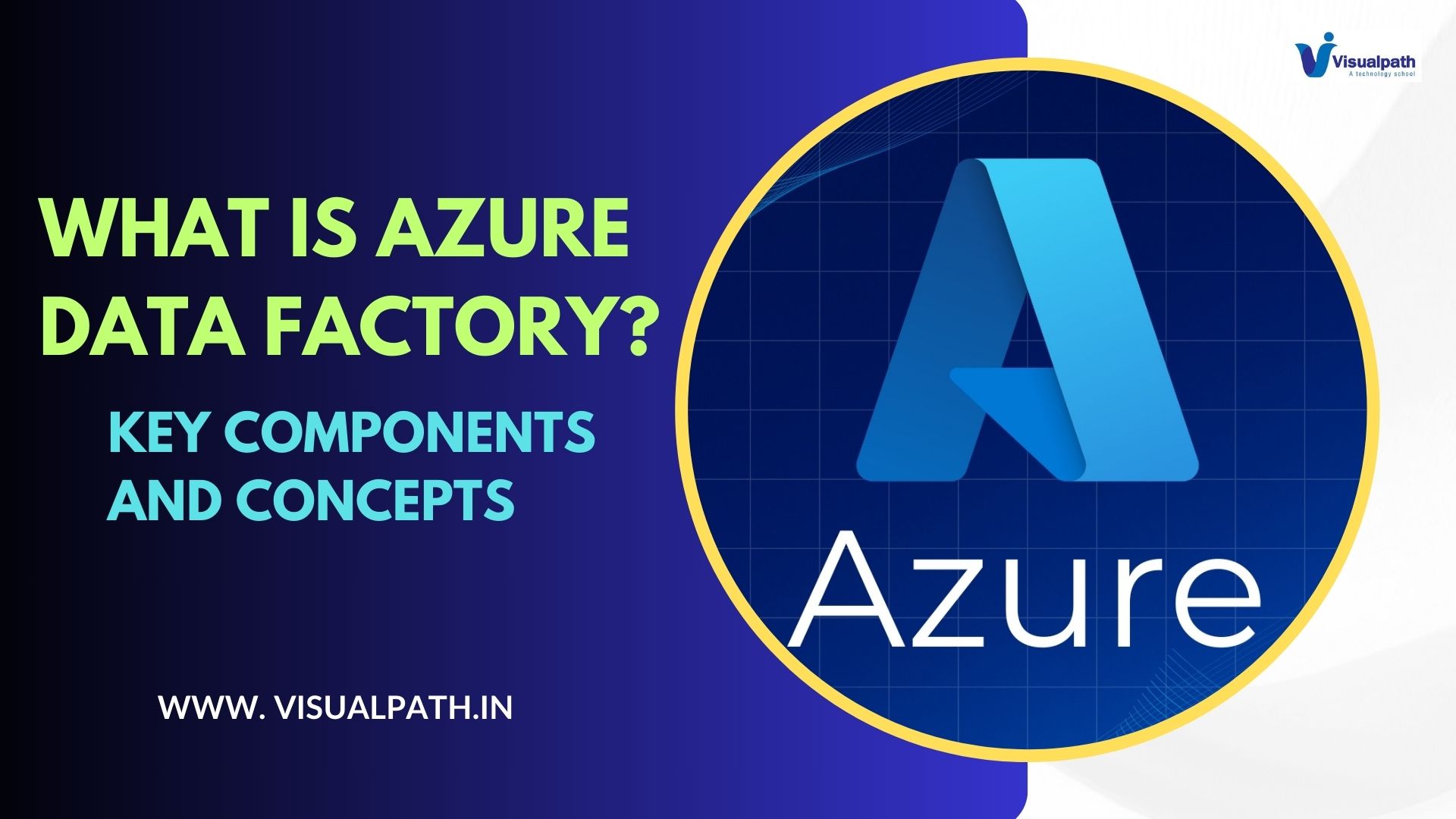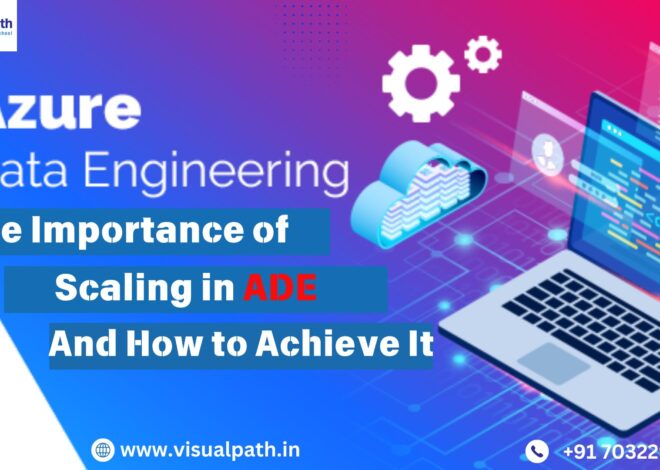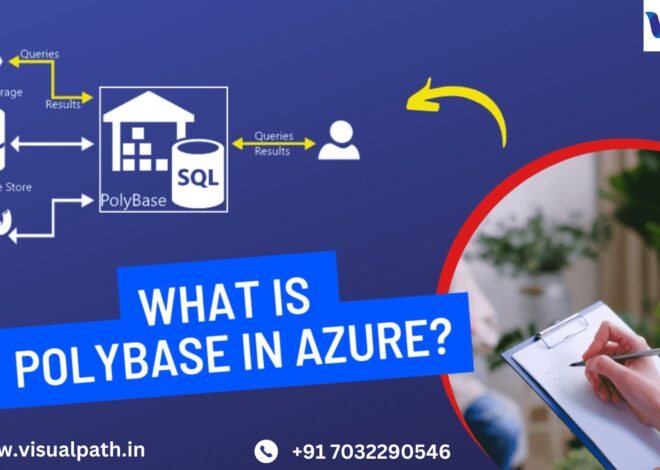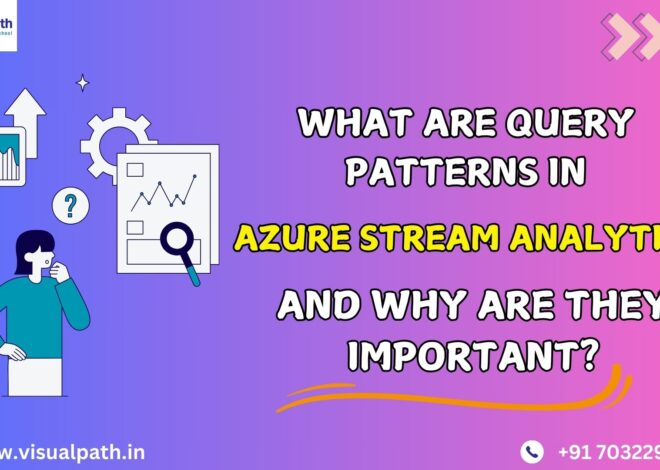Introduction
Azure Data Engineer Online Training (ADF) is a fully managed, cloud-based data integration service that orchestrates and automates data movement and transformation. It allows businesses to create complex data pipelines, enabling the collection, processing, and movement of data between different sources. Whether you’re working with structured or unstructured data, ADF provides an easy way to manage and monitor data flows across hybrid data environments. Microsoft Azure Data Engineer Training
Key Components of Azure Data Factory
Pipelines
- Definition: A pipeline is a logical grouping of activities that perform a unit of work.
- Purpose: It helps organize related tasks, such as data copying, transformation, and loading into target systems.
- Example: Moving data from an on-premises SQL Server to an Azure Data Lake.
Activities
- Definition: An activity represents a single step in a pipeline.
- Types: Common activities include data movement, data transformation (using services like Azure Databricks), and control activities (like setting conditions or loops).
- Use: They dictate what action will take place on your data, such as copying, transforming, or invoking a custom script.
Datasets
- Definition: A dataset defines the structure of the data being consumed or produced.
- Purpose: They point to the data that will be worked on in an activity.
- Example: A dataset could define a table in a database or a file in a storage service like Azure Blob Storage.
Linked Services
- Definition: Linked services act as a connection to various data sources and compute environments.
- Types: These include connections to databases, file systems, APIs, and cloud services.
- Use: Linked services are like connection strings for the external resources used within your pipelines.
Triggers
- Definition: Triggers are events that start pipelines.
- Types: They can be based on schedules (e.g., daily triggers), changes in data (event-based triggers), or manual runs.
- Purpose: These allow automation by scheduling data integration tasks based on specific conditions.
Integration Runtime (IR)
- Definition: The Integration Runtime is the compute infrastructure used to perform data movement and transformation activities.
- Types: There are three types of IR—Azure, Self-hosted, and Azure SSIS IR—offering different capabilities for cloud and hybrid environments.
- Role: It enables data movement, connects different networks, and ensures secure data handling. Azure Data Engineering Certification Course
Conclusion
Azure Data Factory simplifies the process of moving and transforming data between different environments. With its key components—pipelines, activities, datasets, linked services, triggers, and integration runtimes—ADF offers a flexible and scalable platform for building data integration solutions. This makes it a valuable tool for organizations looking to harness the power of their data across cloud and on-premises systems.
Visualpath is the Leading and Best Software Online Training Institute in Hyderabad. Avail complete MS Azure Data Engineer Online Training Worldwide You will get the best course at an affordable cost.
Attend Free Demo
Call on – +91-9989971070
WhatsApp: https://www.whatsapp.com/catalog/919989971070
Visit: https://visualpath.in/azure-data-engineer-online-training.html




